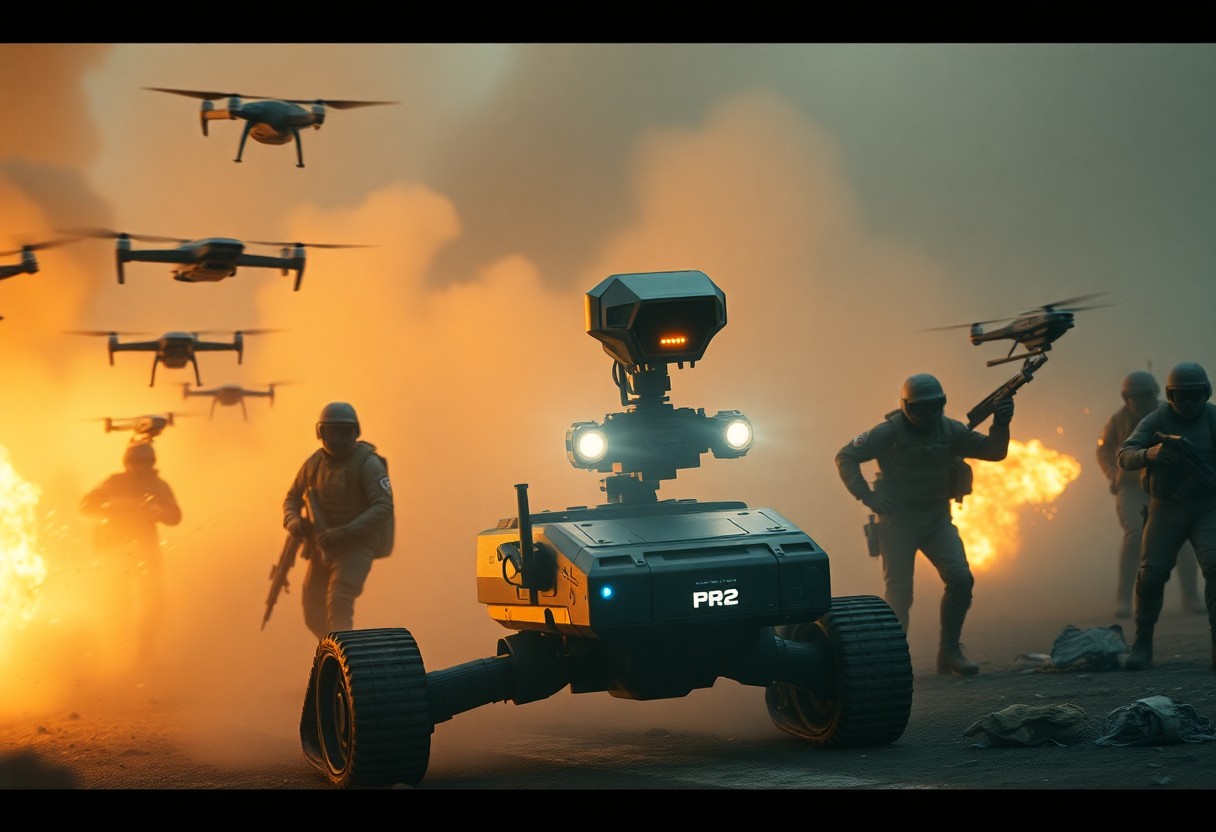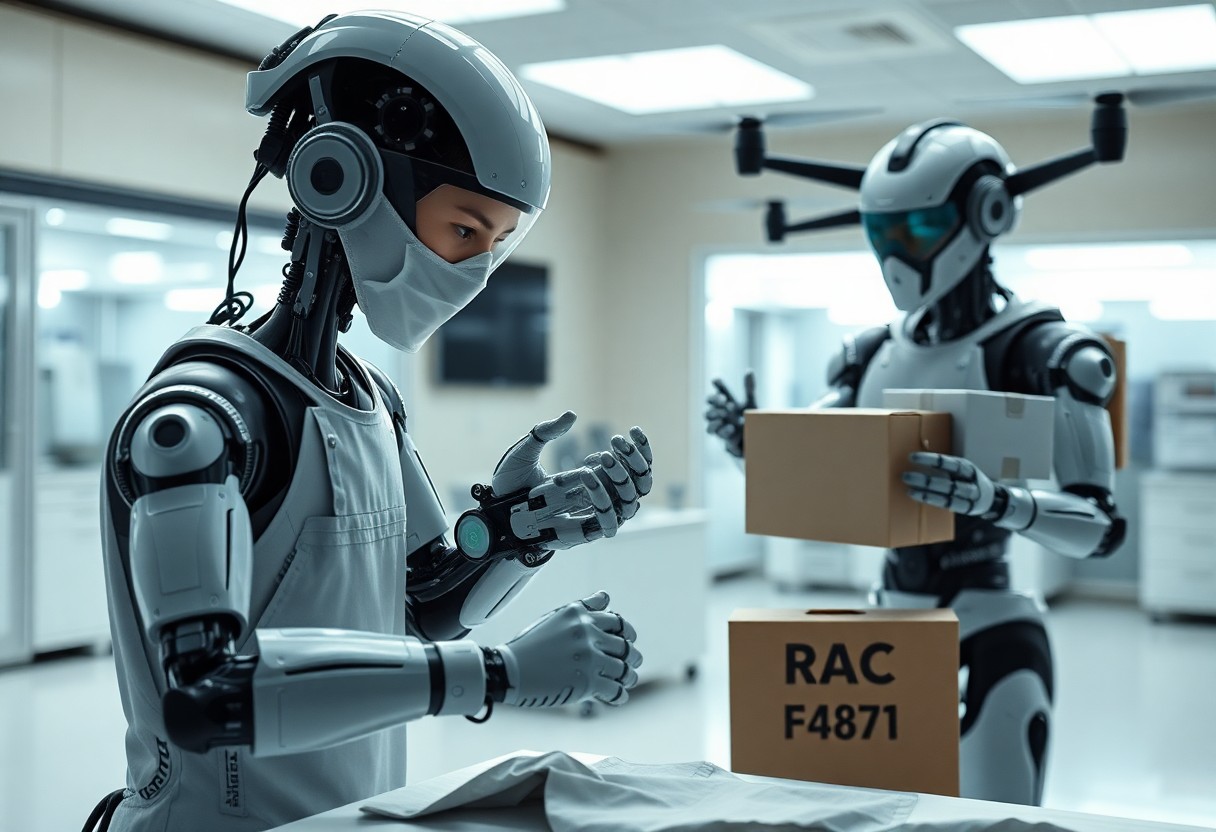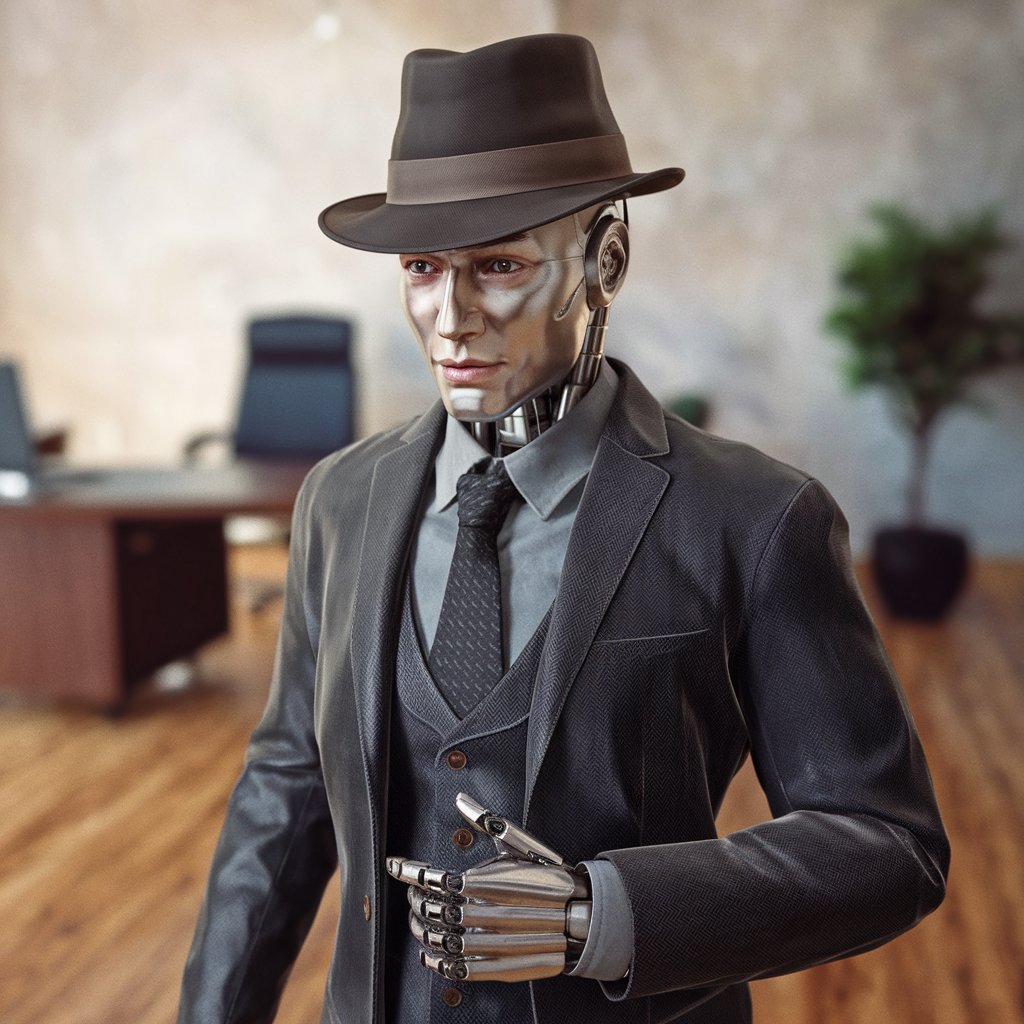Over the past few decades, military operations have undergone a revolutionary transformation, primarily driven by advanced automation and robotics. You might be surprised to learn how these machines operate alongside soldiers, executing critical tasks and enhancing battlefield effectiveness. In this post, we’ll take you through a day in the life of a military robot, highlighting its roles, responsibilities, and the innovative technologies that are reshaping modern warfare. Prepare to explore how automation is not only changing tactics but also redefining the future of military engagements.
The Role of Military Robots on the Battlefield
Automation has transformed the modern battlefield, with military robots taking on varied and dynamic roles that enhance operational effectiveness. These robots can carry out potentially dangerous tasks, allowing human soldiers to focus on high-stakes decision-making and strategy, ultimately changing how conflicts are approached and managed.
Overview of Military Robotics
Battlefield conditions often dictate the need for advanced technology, which is where military robotics comes into play. These systems offer enhanced capabilities, such as reconnaissance, logistics, and explosive ordnance disposal, thereby improving overall mission success rates.
Types of Military Robots
You’ll find several types of military robots on the battlefield, each designed for specific tasks:
- Unmanned Ground Vehicles (UGVs)
- Unmanned Aerial Vehicles (UAVs)
- Unmanned Underwater Vehicles (UUVs)
- Combat Robots
- Logistics and Support Robots
This diversity allows for specialized operations across various terrains and situations.
Along with their designated roles, these military robots provide unparalleled advantages to ground troops. UGVs facilitate troop transportation, while UAVs gather intelligence from above, minimizing risk to personnel. UUVs assist in naval operations, and combat robots can engage in direct action when necessary. Each type is tailored to perform specific functions that optimize battlefield efficiency.
- Each robot type has its unique advantages
- Robots are deployed in a range of capacities
- They’re designed for automation and precision
- Robots enhance situational awareness
- Support roles mitigate risks for soldiers
This integration of types guarantees that you benefit from cutting-edge support during missions.
Indeed, understanding the different military robots enhances your appreciation of their impact on defense strategies. Here’s a brief overview of the key types as summarized:
| Type | Description |
| UGVs | Ground vehicles for diverse applications |
| UAVs | Aerial drones for surveillance and combat |
| UUVs | Underwater vehicles for naval operations |
| Combat Robots | Autonomous units for direct engagement |
| Logistics Robots | Support systems for supply chain efficiency |
This classification empowers you to understand better how these technological advancements are shaping modern warfare.
Daily Operations of Military Robots
Now, military robots are integral to daily operations on the battlefield, performing tasks that range from surveillance to logistics. By leveraging advanced technologies, these robots enhance situational awareness while ensuring that human personnel can focus on more strategic roles. Their reliability allows for continuous operations, driving efficiency and precision in high-stakes environments.
Surveillance and Reconnaissance
Around the battlefield, surveillance drones and reconnaissance robots gather real-time intelligence, providing tactical advantages to military units. By using advanced imaging and sensor technologies, these robots monitor enemy movements and assess terrain, ensuring that you have the most up-to-date information necessary for mission planning.
Logistics and Supply Chain Support
To maintain operational readiness, military robots play a vital role in logistics and supply chain support, delivering necessary supplies directly to troops in the field. They transport ammunition, food, and medical supplies, enabling sustained operations and quick resupply without risking human lives.
It’s important to note that the integration of robots in logistics not only increases the speed of supply delivery but also reduces the logistical footprint of military operations. By automating transportation and inventory management, these robots ensure consistent supply flow, allowing you to maintain focus on combat readiness and mission execution. Their efficiencies lead to reduced costs, fewer delays, and a more agile military response, ultimately transforming how militaries operate in challenging environments.
Human-Machine Interaction
There’s a new frontier in military operations as human-machine interaction continues to evolve. As automation takes a more prominent role on the battlefield, the synergy between soldiers and robots becomes vital for mission success. Understanding how to effectively communicate and collaborate with these intelligent systems is necessary, ensuring that each unit operates cohesively.
Command and Control Systems
One of the key components in modern military operations is the command and control systems that facilitate communication between you and the robotic units. These advanced systems allow for real-time data sharing, enabling you to make informed decisions on the battlefield. Enhanced situational awareness empowers you and your team to optimize the utility of robotic assets in various scenarios.
Teamwork between Soldiers and Robots
For your missions to be effective, generating a balance between soldiers and robots is imperative. The integration of robotic systems into your tactical teams can enhance capabilities, offering support in surveillance, logistics, and even combat roles. By working together, you can focus on strategic planning while robots undertake repetitive or hazardous tasks.
Also, fostering a strong collaboration between you and robotic systems can lead to improved outcomes on the battlefield. As robots take on tasks such as reconnaissance or bomb disposal, you are free to concentrate on higher-level objectives. Training exercises that emphasize teamwork can help you adapt to these new dynamics, ultimately leading to a more efficient and effective military force. Enhancing this human-machine partnership will be necessary in navigating the complexities of modern warfare.
Benefits of Automation in Warfare
Once again, automation is revolutionizing warfare, offering distinct advantages that enhance military effectiveness. By integrating advanced technology, armed forces can streamline operations, improve decision-making speed, and optimize resource allocation. This transition not only boosts effectiveness but also facilitates missions that were once deemed too dangerous for human involvement.
Increased Efficiency and Capability
For you to understand the full impact of automation, consider how it increases operational efficiency. Automated systems can quickly analyze vast amounts of data, leading to faster response times and better tactical decisions, which ultimately enables your forces to adapt swiftly to changing battlefield dynamics.
Reducing Risk to Human Soldiers
Below, you see the significant reduction in risk to human soldiers that automation provides. By employing drones and robotic systems for reconnaissance and logistical support, your troops can avoid direct combat situations while still maintaining operational effectiveness.
The reliance on automation allows the military to execute complex missions without putting soldiers in harm’s way. Unmanned systems can conduct surveillance, gather intelligence, and even engage in combat, significantly reducing the likelihood of casualties. This approach not only protects your troops but also ensures that military objectives can be achieved with minimized risk, providing a strategic advantage on the battlefield.
Ethical Considerations
Unlike traditional warfare, the integration of military robots raises profound ethical questions. As automation changes the battlefield, you must contemplate the implications of deploying machines in life-and-death scenarios, especially when human lives are at stake. The morality of using autonomous systems to make critical decisions requires careful scrutiny, as it challenges long-standing principles of warfare and humanity.
Autonomous Decision-Making
Against the backdrop of increasing autonomy, military robots may be tasked with making real-time decisions about engagement and targeting without human intervention. This shift raises significant concerns about the potential for errors and unintended consequences, compelling you to consider how the delegation of such authority to machines affects the ethical landscape of combat.
Accountability and Responsibility
With the rise of automated systems, accountability becomes a pressing issue. You need to grapple with the question of who is responsible when a military robot acts inappropriately or causes harm, whether it’s a malfunction, programming error, or misinterpretation of directives. This uncertainty complicates existing frameworks of military responsibility.
Another aspect to ponder is the establishment of accountability frameworks that address the unique nature of robotic warfare. You may find that understanding who holds responsibility for a robot’s actions—whether it be the programmers, commanders, or the manufacturers—becomes vital in assigning moral and legal liability. As military technology evolves, you will need to advocate for clear regulations and guidelines that ensure operators can be held accountable, ultimately safeguarding ethical standards on the battlefield.
Future of Military Robotics
For you, the future of military robotics holds immense promise, as advancements in technology continue to reshape how conflicts are managed. Innovations in machine learning, artificial intelligence, and autonomous systems are driving a new era of warfare that optimizes strategy, enhances safety, and maximizes efficiency on the battlefield.
Advancements in Technology
Against a backdrop of rapid technological growth, the military is investing heavily in robotics that can perform tasks previously unimaginable. Autonomous drones equipped with real-time data analytics and decision-making algorithms are becoming standard, allowing you to engage in more informed tactical planning, all while minimizing human risk.
Potential Challenges and Opportunities
Potential obstacles are also emerging alongside the advancements that military robotics offers. Ethical concerns about combat robots, the risk of hacking, and the need for regulatory frameworks present challenges you must navigate as automation plays a larger role in warfare.
Opportunities for innovation and efficiency abound within military robotics. You will find that automated systems can reduce human error, increase operational effectiveness, and even provide logistical support in hostile environments. As you explore these advancements, it’s vital to address the associated ethical dilemmas and ensure responsible development, paving the way for a balanced approach to future warfare.
Summing up
Drawing together the various elements of a day in the life of a military robot, you can see how automation is reshaping the battlefield. As these advanced machines take on roles from reconnaissance to logistics, your understanding of modern warfare evolves. You witness efficiency improvements and reduced risks for human soldiers. However, it also prompts considerations about ethics and the future implications of autonomous technology in combat. By recognizing these shifts, you gain valuable insights into both the capabilities and challenges that lie ahead in military operations.






